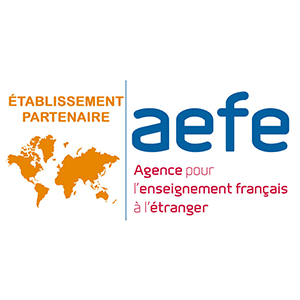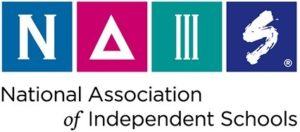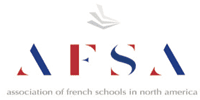How to Continue Your Child’s Bilingual Learning at Home
When it comes to language learning, many parents often wonder how they can help their children become more proficient in their comprehension. In many cases, students will often struggle to pick up new language cues and improve fluidity of bilingualism if their studies don’t extend beyond the classroom. In fact, in order to obtain true bilingual capabilities, children require an immense amount of exposure to the languages – exposure that extends well beyond the classroom. So how can you help your child continue bilingual learning at home?
Bilingual Learning at Home
It’s well-known that pediatricians and early education professionals have long supported the relationship between reading and communication with language skills in young children. Parents are encouraged to both read to their children and interact with them directly as much as possible in order to expand their child’s language understanding. The same is true for learning a second language.
The key to expanding a child’s understanding of bilingualism is exposure – lots of exposure – to both the native and second language. Since language learning does not stop once your child leaves their classroom, parents should be continuing the learning at home by incorporating the second language as frequently as possible in the home life. This can be done by reading books, playing games, following recipes native to that language, or even just simply in regular conversations with their children.
Hands-on Learning, Not Screen-Time Learning
It’s important to understand there is a major distinction between direct bilingual exposure at home and that picked up by screen time. While certain online activities can help boost a child’s basic understanding of language, true fluidity is only possible by frequent submersion in the language itself. In other words, talk with your children in meaningful, bilingual conversations, or read to them directly to give them the most proficient means of immersion.
“In order to foster language development, the exposure has to be person-to-person; screen-time doesn’t count for learning language in young children – even one language – though kids can learn content and vocabulary from educational screen-time later on,” explains the NY Times in report of pediatrician recommendations on bilingual language learning at home.
Plenty of Language Exposure and Patience
With language learning, the best thing parents can do for their child’s learning process is to continue the language education at home by increasing their child’s exposure to the linguistics. There are virtually unlimited ways in which parents can do this, as mentioned above, but also, home submersion isn’t the only aspect to keep in mind when helping children grasp bilingualism.
No matter the age, bilingual individuals will always have a tendency to combine, or mix-up, their languages from time to time and children are no exception. Parents need to keep in mind that their child will need plenty of patience during the bilingual learning process, as well as the ability to not get discouraged when languages get mixed. This is normal and all a part of the learning process. In fact, experts say that language “mix-ups” are actually a sign of a deeper understanding of bilingualism and considered a sign that individuals are truly grasping the second language when this happens.
Above all, parents who want to help their child expand their bilingual learning at home need to take an active role in helping them do so. Frequent and fluent language interactions in both languages will help continue the submersion outside of the classroom while patience and encouragement during the learning process will help them gain the confidence they need to continue their learning even further.














